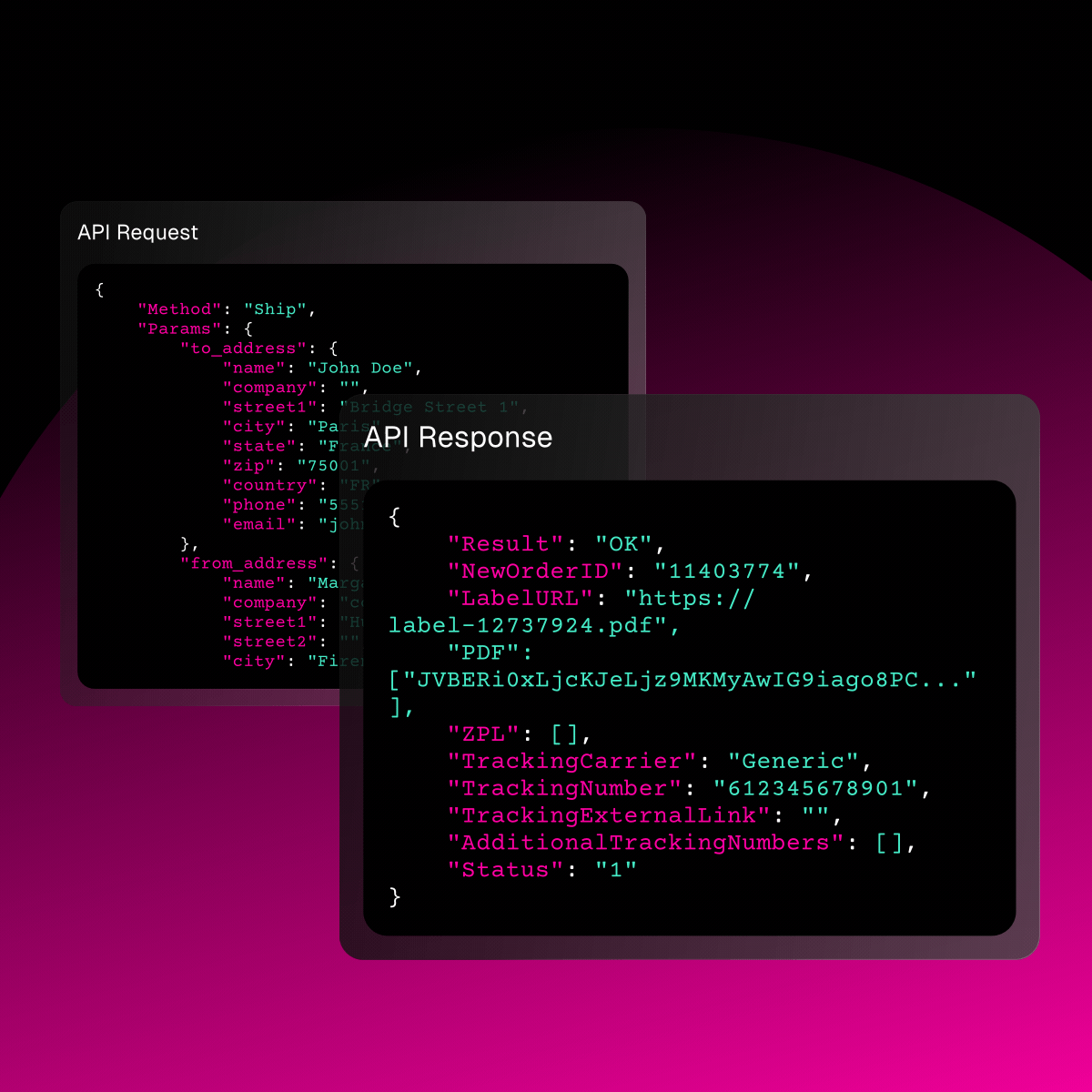Returns management: how to optimise the process

Effective returns management is a critical aspect retailers should keep under control to maintain good profit margins and customer satisfaction, especially given the rising growth of e-commerce. In fact, a key factor contributing to the appeal of online shopping is the ease and convenience with which customers can purchase and return products if necessary.
Therefore, retailers focusing on optimising how they manage returns are not just addressing a logistical necessity but enhancing a fundamental aspect that competitively differentiates e-commerce from traditional retail.
Optimised returns management includes prioritising a smooth returns experience to encourage trust and repeat business by implementing clear returns policies, managing refunds swiftly and offering easy return procedures. Obviously, when returns are many, the expenses connected to handling reverse logistics operations are high.
Averagely, 30% of all products ordered online are returned, compared to less than 9% in brick-and-mortar stores. The aim for retailers is consequently to lower operational costs while boosting efficiency - and good news is there is a way! Let’s find out.
What is return management?
Returns management involves handling the return and reverse logistics of products. This process includes various operations like receiving items that customers return or need to replace, restocking them, and processing refunds. Effectively managing these aspects is fundamental in maintaining a robust supply chain strategy that directly impacts profitability, customer satisfaction and the overall efficiency of a business.
Returns management best practices
Returns are often viewed as a loss but if managed effectively they can be transformed into a real opportunity to elevate customer satisfaction and enhance repeat business. In fact, a customer may return an order, but if it is true that first impressions count, a high-quality returns experience will encourage the person to come back and shop from your store again.
Provide a customer-centric return experience
For an e-commerce store, building a returns strategy centred around the customer is essential to foster trust and generate long-term growth.
This includes providing clear and transparent return policies and making these instructions easy to find on the website, as well as implementing a fast refund processing system. These elements are integral to a positive customer experience. No one wants to wait too long for refunds or be uncertain about the return status of an order. On the contrary, if everything goes smoothly, this positive interaction can potentially lead to other future purchases.
How to optimise the returns return management process
Understand why customers are returning products
Comprehending the underlying reasons behind returns is essential to tackle the problem at its core. Thanks to advanced automation tools and software, retailers can gain precious insights on the most common return causes.
Having access to this information can also help in understanding if certain locations or products are prone to higher return rates. In case of such patterns, businesses can adjust their inventory and distribution strategies beforehand, allocating resources more effectively.
Better safe than sorry!
Customers often return products because of misleading product descriptions and poor visuals on websites, resulting in a discrepancy between their expectations and the actual item received. To prevent situations like these from occurring make sure to:
Offer detailed product information
Including thorough and accurate product descriptions on websites, accompanied by high-quality visuals can significantly aid customers in making informed buying decisions. You should always include detailed sizing or measurements, images from multiple angles, and customer reviews. All these elements will help customers in getting a clearer idea of what they are buying.
Improve delivery rate
Another common reason for returns is related to delivery times. If customers expect a delivery within a certain timeframe and it arrives later than expected, they will most likely want to return their order. Effective delivery is therefore crucial to avoid such issues. Moreover, proactive communication with customers is essential! Providing delivery alerts through notifications and package tracking links is essential to make sure people are able to organise their schedule accordingly, especially in the case of home-delivery. Otherwise, consider offering different delivery options to give your customers greater flexibility, thereby increasing the likelihood of orders being delivered.
Invest in automation
Automation can become a real lifesaver for businesses dealing with high volumes of returns that have to be managed as effectively as possible to avoid disruptions in the supply chain and a negative customer experience. It’s incredible how automated returns are changing the e-commerce landscape. In fact, automation can also aid in streamlining the process of categorising products before they return at facilities, enabling faster restocking and re-entry into the supply chain.
This is even more important for international returns management, where different regulations and more complex logistics operations pose a unique challenge in terms of organisations and costs.
For example, ShippyPro offers a range of innovative tools designed to optimise the returns process management for businesses. These include:
- Customizable return forms: customizable returns form can be easily integrated into your website or shared via email, offering a personalised and user-friendly return experience for customers.
- Return automation: ShippyPro platform allows ecommerce store owners to automate return requests approvals or rejections based on their rules, thereby simplifying the return management process, while saving time and reducing errors.
- Return labels in the box: ShippyPro allows businesses to create return and shipping labels automatically, even when using different carriers. This powerful feature makes the return process smoother and more convenient for both customers and retailers.
- Return analytics: thanks to ShippyPro’s advanced analytics feature, businesses can monitor return statistics and KPIs. In this way, they can understand the most common reasons for returns and refine their strategies.
- PUDO (Pick-Up Drop-Off) Map: customers can select the most convenient drop-off points for their returns. This feature reduces costs connected to returns, as it eliminates the need for home-collection of packages, while speeding-up the return process.
Conclusion
An effective returns management strategy means businesses optimise how they handle return requests, reduce unnecessary returns, and swiftly reintegrate products into the supply chain. The secret of an effective returns management strategy is to streamline operations with minimal cost, where the two key elements bridging this gap are automation and analytics.
In this way, e-commerce businesses can cater to the needs of their customers to maintain a competitive edge in the e-commerce sector and a robust supply chain strategy, positively impacting profitability, customer experience and overall growth.
Passionate freelance copywriter, with a niche in ecommerce and logistics. When collaborating with ShippyPro, she loves writing about trends, marketing and communication strategies to help brands gain an edge in an ever-evolving digital landscape.






.webp)



.webp)
